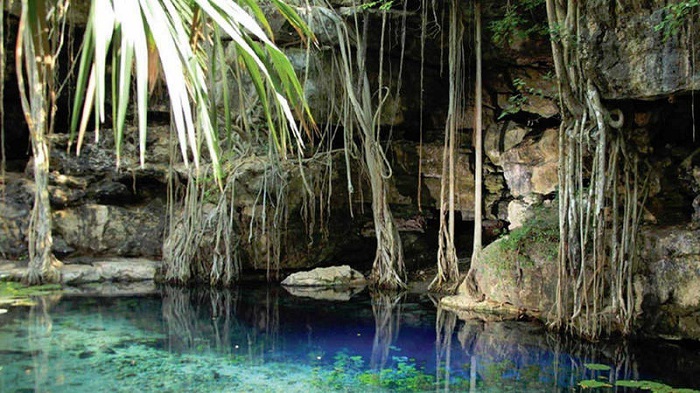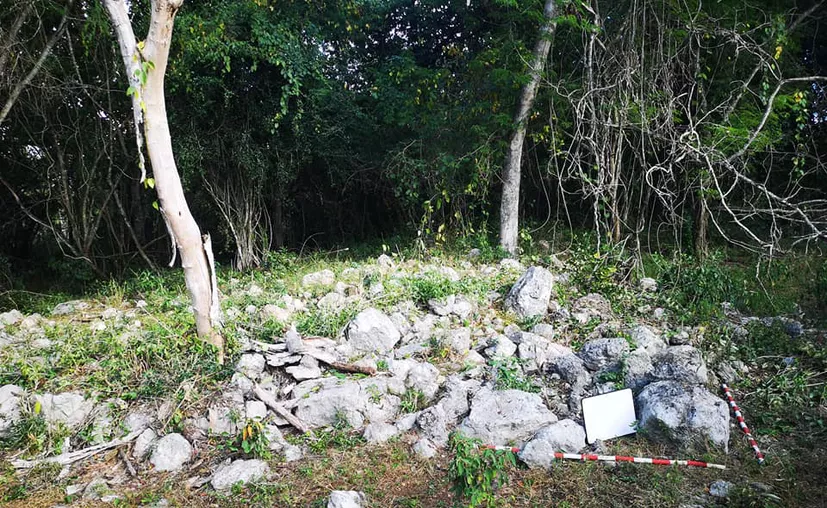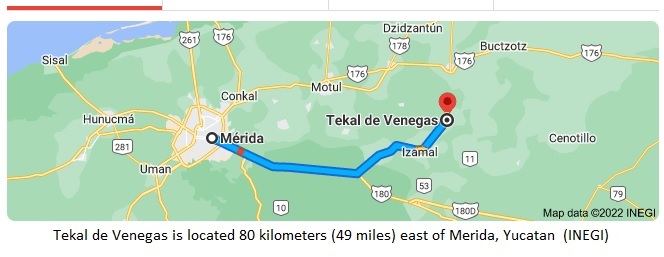Archaeologists from Spain and Mexico returned to X’baatún, in Yucatán, a pre-Hispanic Maya paradise that is difficult to access, to continue with the exploration works, after the discovery of new structures in the zone.
(Noticias Televisa).- This pre-Hispanic precinct X’baatún, which means “place where water is collected,” is located inside the Oxhuatz natural park, in the municipality of Tekal de Venegas, in eastern Yucatán.
Ceramicist Carmen Varela, from the Universities of Cantabria and European Atlantic Santander, is the other director of the research project that began in 2018, with permission from the Mexican Council of Archaeology of the National Institute of Anthropology and History (INAH), “although this year the researcher could not come.”

The collaborator of the service of Local Architectural Heritage of the Diputación de Barcelona said that the surveys they perform focus on a complex housing structure with several rooms and many architectural elements of columns with a style similar to the Puuc, “which may have belonged to a character of the Maya elite” of X’baatún.
The other three elevations correspond to a smaller, rectangular building, another structure on top of a chultun or cave, and one more, rectangular, which is visually transformed by the collapse.
Sheltered by the lowland jungle of Yucatán, lagoons, a cenote of crystalline waters, swamps, chultunes, a Sascabera, Maya palaces, ceremonial temples, a ball game and other buildings far from what was once the Maya city of X’baatún, García Targa and his team of archaeologists and ejidatarios of Tekal de Venegas are working at full speed.

For the second time, Spanish archaeologists Cristina Jiménez Fuentes and Xavier Sicart Chavarría, experts in photogrammetry, are applying new technologies in the archaeological zone of X’baatún dating from 300 B.C. to the Terminal Late Classic (800 to 1,000 A.D.).
The drone flights make it possible to document the new structures discovered by Mexican researchers Geiser Gerardo Martín Medina and Christian Hernández González, graduates of the Autonomous University of Yucatán, during extensive tours of the site, which has several Sacbes (.
This year the X’Baatún Project was joined by Edwin Pool, a student of the Faculty of Anthropological Sciences of the UADY, and Lucía Quiñones, a ceramist, who is conducting a survey among the inhabitants of Tekal de Venegas to learn more about the site, which was also occupied by modern Maya in the 20th century.
The Spanish and Mexican archaeologists are happy because this year, thanks to the tours and new technologies, they discovered new buildings outside the Maya city “of great importance”.

“As a starting point we had a map drawn up in 2006 by archaeologists Miguel Cobarrubias Reyna and José Estrada Faisal, members of the Izamal Project,” he said.
Now, thanks to the drone flights, the researchers have a more precise orientation of the pre-Hispanic buildings “and it allows them to know the typology, because there are large and complex structures, such as palaces, and other ritual structures”.
One of this year’s discoveries is a small religious-type structure that is above a cavity with access to water, “that is very important for the cultures, but more so in the Mayan culture”.
TYT Newsroom


